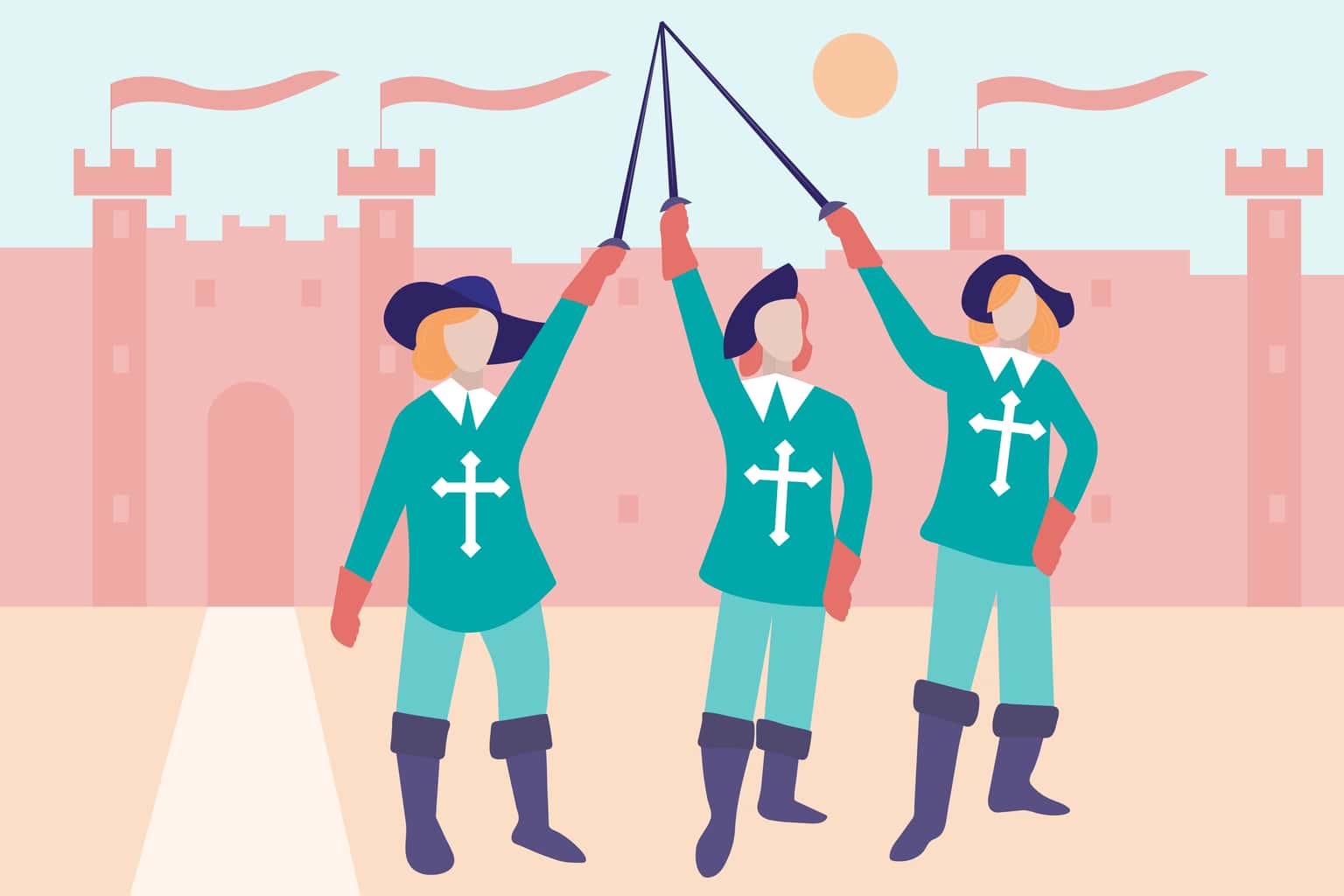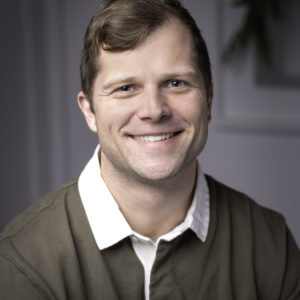Whenever I think about high-performing teams, I can’t help but think about one of my favorite basketball teams of all time: the 2013-14 San Antonio Spurs. The season before, the Spurs had been on the cusp of an NBA championship — literally, NBA representatives were wheeling out the champagne — only for Miami’s Ray Allen to tie the game by sinking one of the most amazing shots you’ll ever see.
The Spurs went on to lose the seventh game of that series, but they returned the next season on a mission. Their chemistry, already impeccable, became something else entirely and perfected an offense predicated on quick ball movement that, while beautiful to watch, also kept them one step ahead of Miami’s swarming, switching defense.
Yes, the San Antonio Spurs had three transcendent stars in Tim Duncan, Manu Ginobili and Tony Parker. And they also had a fourth player on his journey to becoming a star: Kawhi Leonard. They had one of the greatest coaches in NBA history in Gregg Popovich. And they had espresso-loving Boris Diaw, among a host of complementary role players. But take a look at this possession from the NBA Finals in 2014 and tell me this isn’t the mark of a team working toward a common goal:
So how can you build a creative team like this? One that is willing to sacrifice and work together for a common goal? Where everyone knows their roles but can transcend them at a moment’s notice? Well, it takes a lot of effort. Sometimes, it even takes whatever is your industry’s version of a backstepping, near-impossible Ray Allen three-pointer to give your team some perspective.
Add us to your podcast feed and listen in!
Did You Look in the Manual?
Ify Walker is the founder and CEO of Offor, a talent brokering firm that helps organizations build their own high-performing teams.
In her position at Offor, Ify works with numerous clients, consulting and helping staff businesses. But one issue she has noticed with the hiring process is that not enough organizations are giving sufficient attention to their culture — specifically, giving the candidate the information they need to decide whether the organization is a good fit.
Ify recommends that organizations create what she calls an “organizational user guide.” It’s a breakdown of an organization’s culture, full of unspoken rules and expectations that define every organization. “This is the document that essentially lays out all the things a new hire would discover in their first 30 to 90 days,” she says. By being more transparent, organizations can find candidates who will better fit their culture — and vice versa.
“One of the things that we require for all the clients that we work with and that anyone can do is create your organizational user guide.”
The Melting Pot of Collaboration
Deanna Hartley-Erday is a content marketer at Aon. Her teams work together on a variety of projects across a variety of mediums — from video to audio to that content marketing mainstay, the white paper.
As part of her job, Deanna is constantly assembling formal and informal teams to collaborate on and brainstorm projects. Deanna values diversity in the demographic composition of these teams and their skill sets. “It’s diversity of thought,” she says. “I might not start an unofficial team or collaborative group where it’s only writers.”
These cross-functional teams, she believes, allow her to get better results, and the skill sets provide varying opinions and technical expertise that propel a project forward. But don’t go overboard. “I do think there’s such a thing as too many cooks in the kitchen,” she says. “You don’t want to have an abundance of folks where the progress gets hindered because there are too many varying opinions.”
“Collaboration ultimately leads to innovation, which is what business leaders are looking for.”
Trust That You’ll Have Trust Issues
Alida Miranda-Wolff is the founder and CEO of Ethos, a talent strategy firm servicing the tech sector. She joined us to discuss one of the most crucial issues facing teams: what to do when trust breaks down.
Trust breaches can make or break teams and organizations. But Alida points out that conflicts within teams are going to happen. “We’re human,” she says. “We’re going to say the wrong thing or do the wrong thing.”
However, Alida cautions that the trust breach itself is not as important as how you react to it. “What you do in the ensuing moments totally determines how that team functions moving forward,” she says. She offers three steps to dam any breaches in trust:
- Be responsive. “Immediately acknowledge that this has happened,” she says.
- Take ownership.
- Come from a place of empathy, as opposed to one of defensiveness.
“The cool thing about this is, when you recover from a trust breach, you end up with more trust than you had before.”






